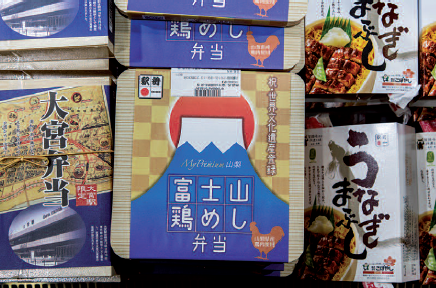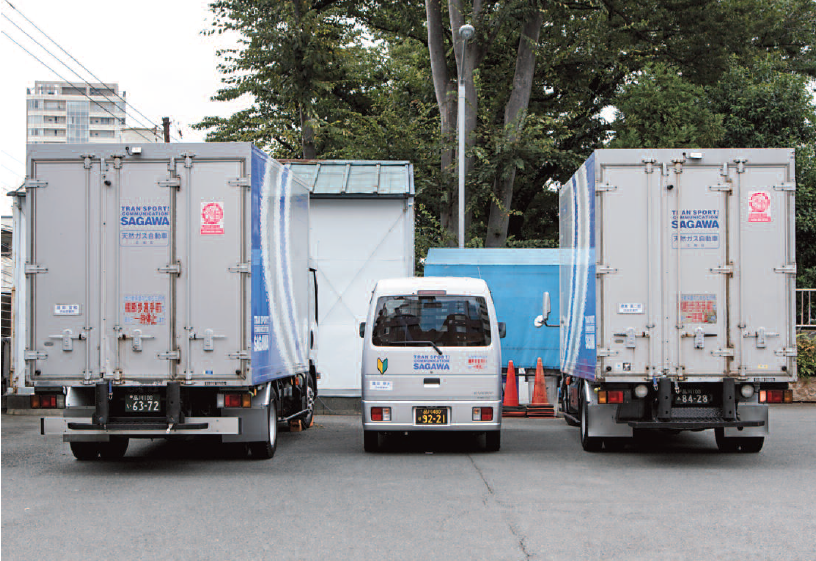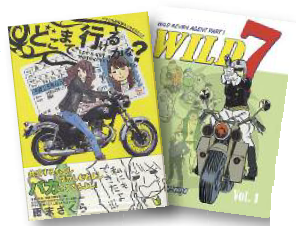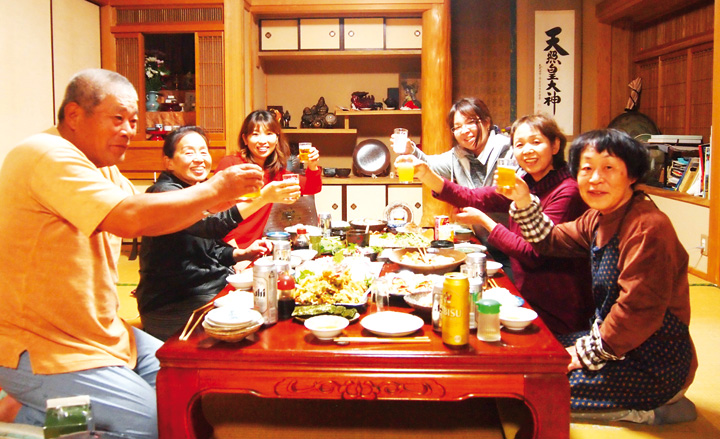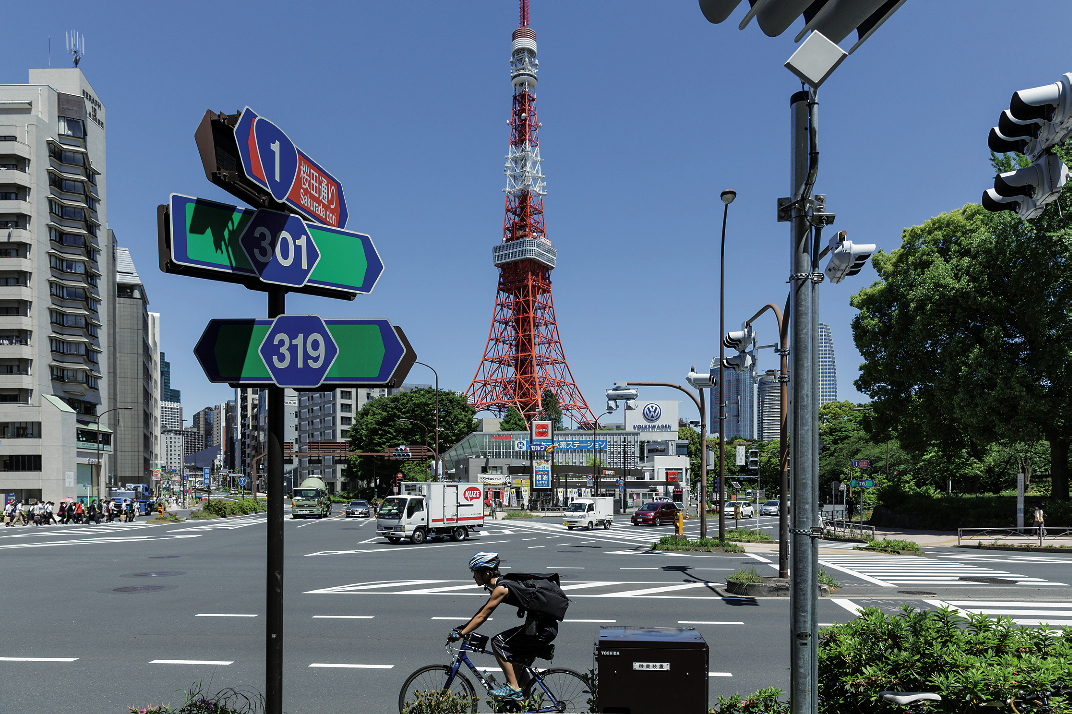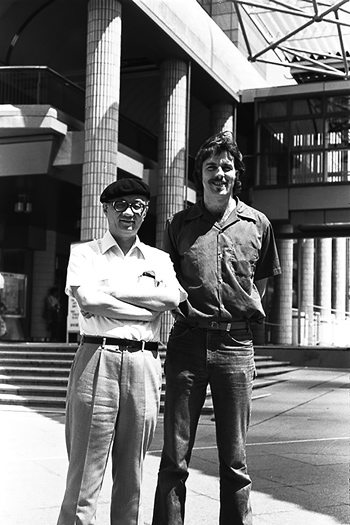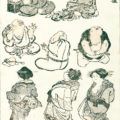

Eric Rechsteiner for Zoom Japan
Thanks to the passion and determination of Naiki Toshio, a large number of rental manga have been preserved.
Nowadays, manga are popular around the world; they are admired as both highly creative works and interesting cultural artefacts which highlight different aspects of Japanese society. However, for many years they were seen as cheap disposable products and were thrown away as soon as people finished reading them, even in Japan. This was particularly true for cheaply produced weekly magazines like Shonen Jump or the older kashihon manga. It was only thanks to the work of a few collectors and, more recently, academic institutions that their artistic and cultural value was finally recognised.
One of the most prominent personalities of the manga revaluation movement was Naiki Toshio. Born in 1937, Naiki first fell in love with comics when he was in the fifth grade of elementary school and discovered Tezuka Osamu’s Lost World (1948). His encounter with Tezuka’s works quickly turned into an obsession with manga and led him to open a book rental shop in 1955, when he was still in his third year of high school.
Fast forward 20 years, and by the mid-70s the kashihon manga industry was dead and rental bookshops were closing one after another. In 1975, Naiki started discussions with critic Ishiko Junzo and other people – with whom he would establish the Kashihon Culture Study Group a year later – about how they could preserve the manga heritage.
At that time, manga’s cultural status was still low, and many observers believed that comics did not deserve to be purchased by public and school libraries. Libraries, after all, were seen as temples for books and part of a social and cultural approval system. Apart from the National Diet Library, whose role as specified in the legal deposit system is the preservation of all published material, public libraries had a low level of awareness when it came to collecting manga. Naiki decided to change the way comics were seen by the public by opening Japan’s first private library specialising in manga, the Contemporary Manga Library – Naiki Collection.
Naiki’s work was recognised in 1997 when he won the Special Prize at the 1st Tezuka Osamu Cultural Award ceremony for his achievements in collecting and preserving manga. Interviewed soon after the ceremony, Naiki confessed that he had thought of giving up more than once. Recalling his kashihon shop, he said that he had actually dreamed of becoming a manga artist. “I thought that if I owned a rental book shop, I would be able to study comic art while I was doing business,” he said. “However, I soon became too busy to do the two things at the same time. I also realised that I liked my job. Then, in the mid-1960s, the number of kashihon shops steadily decreased and I eventually closed my shop. But instead of selling my comic books I kept looking for old titles and my collection grew accordingly.” When the Contemporary Manga Library finally opened on 1st November 1978 it stocked 30,000 volumes, including some 3,000 titles donated by people from around Japan.
In the above-mentioned interview Naiki recalled that a few days after the opening, Tezuka himself visited the library and praised him for a job well done. “I was deeply moved by his words,” Naiki said. “While I was showing him around, all the other people ran to a stationery shop nearby to buy paper, and Tezuka sensei (honorific “master”) sat down to draw pictures for everybody. He even offered to donate a few old manga he had, but time passed and he died before he could keep his promise.”
For many years, Naiki used his own money to expand the collection and manage the library. At the same time, he had to tackle several problems including data management, repairing damaged books, and finding a suitable place for storage. Eventually, in 2009, he donated his collection to Meiji University in Tokyo as the institution was planning to create the world’s largest research centre for manga, anime and subcultures. However, Naiki continued to run the library until he died in 2012.

Eric Rechsteiner for Zoom Japan
In March 2021, the Naiki Collection finally moved to its new location, by which time it amounted to a staggering 270,000 volumes. It is now housed in a seven-storey building near Meiji University’s Surugadai Campus and is organised as a closed-stack library with a catalogue that has been under construction for several years. The core of the collection, of course, is made up of the many kashihon manga published in the 1950s and 60s, among which we can find the debut work of many manga greats. Those books alone offer a unique opportunity to trace the development of both manga publishing and Japanese popular culture.
The Naiki Collection now shares space with the Yonezawa Yoshihiro Memorial Library. Yonezawa was a writer and manga critic who, in 1975, founded Comiket, the world’s biggest dojinshi (manga fanzine) convention. He was also a collector of anything related to manga, dojinshi, science fiction and pop culture. When he died in 2006 his huge collection (over 140,000 items) was donated to Meiji University’s School of Global Japanese Studies.
Now Naiki and Yonezawa’s treasures are housed under the same roof. They total 410,000 items, making the Contemporary Manga Library one of the largest collections of books in Japan and the largest manga library in the country, surpassing the 300,000 works of the Kyoto International Manga Museum. The museum also houses drafts and original drawings of famous manga artists and organises free exhibitions on the first floor.
The library aims to contribute to university research while providing access to general users. In this respect, the magazine collection is a treasure trove for both fans and researchers. “Books are relatively easy to find, for example, in secondhand bookshops and even manga cafes, but back issues of magazines are rare.” said Koike Akihisa, an editor who visited the library on the first day after its reopening. “I came to look for works that I could not find anywhere else. I was looking for an obscure magazine about mahjong that was not even deposited in the National Diet Library, but here they have all the back issues.”
Morikawa Kaichiro, an associate professor at the School of Global Japanese Studies, explains the significance of the role that the library could play in the future. “Manga are different from Disney’s or other foreign commercial comics,” he says. “Japanese comics are written with a clear understanding of the age, gender, occupation, etc., of their readers. They are historical documents of modern history, which meticulously record changes in people’s interests and express changes in readership and values.”
G. S.
Contemporary Manga Library / Yonezawa Yoshihiro Memorial Library 1-7-1 Kanda-Sarugaku-cho, Chiyoda-ku, Tokyo. Open on Mondays and Fridays (14:00-20:00), weekends and bank holidays (12:00-18:00). Membership – one day: 330 yen* (110 yen under 18 years of age), monthly: 2,200 yen*, one year: 6,600 yen*. Only monthly and one-year members can request titles published before 1980 (110 yen* per item). *1 GBP = 157 yen (8 February 2023).


